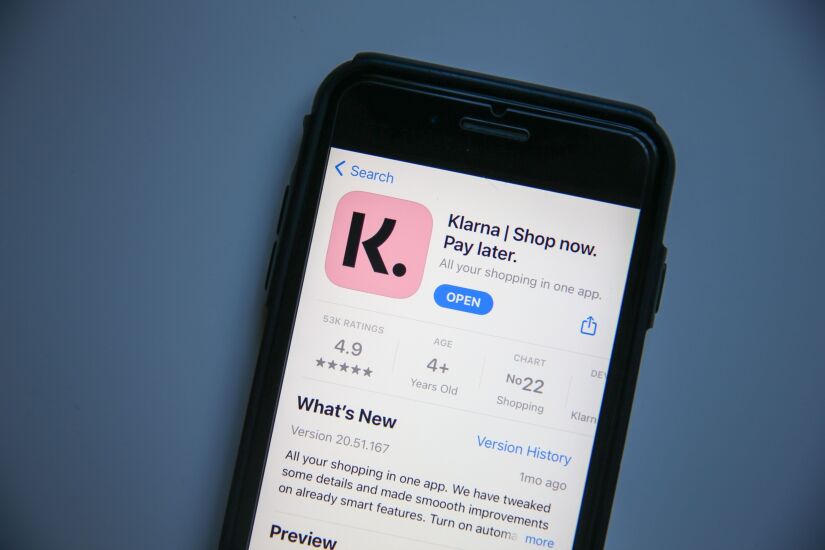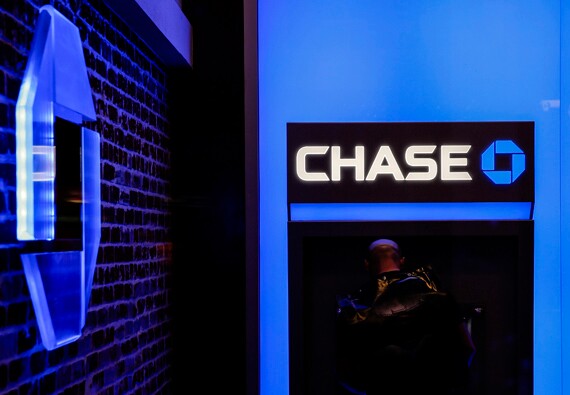Want unlimited access to top ideas and insights?
Businesses are big spenders that generate sizable card rewards, and companies like BNY Mellon are betting that this spending can be harnessed to combat climate change.
BNY Mellon has released new environmentally focused tools and perks aimed at its corporate clients in an attempt to encourage more sustainable practices such as reducing paper checks for corporate payments.
"There's a cost of change to adopt this," said Carl Slabicki, co-head of global payments and treasury services at BNY Mellon. "But the benefits are inherent. There's an economic benefit and a lower risk benefit."
The bank is one of several financial companies that have introduced new sustainability programs in the past few months that focus on helping users see the impact of their decisions, and how reducing climate risk can be managed economically.
Energy-related carbon dioxide emissions rose 6% in 2021 to 36.3 billion tons, the highest level ever, according to the International Energy Agency. That trend — and pending regulations — adds to pressure on banks and other corporations to reduce exposure to carbon emissions. While there has been some pushback from shareholders against the largest U.S. banks reducing loans to fossil fuel companies, there has also been progress in payment companies worldwide reducing their exposure to carbon emissions.
"If you look at geography, more of the deployments of carbon tracking or incentives thus far are coming outside of the U.S.," said Moutusi Sau, a vice president and analyst at Gartner.
Sau attributed that momentum to European regulation.
The EU Sustainable Finance Disclosure Regulation, which is a set of rules that include predefined metrics for assessing environmental, social and governance outcomes, went into effect in March 2021, while U.S. regulations around climate change are still a work in progress.
The Federal Deposit Insurance Corp. at the end of March issued climate guidance for banks with more than $100 billion of assets. The FDIC says banks should consider impacts and risks to people and property connected to severe weather events and other climate-related issues. The FDIC's guidance is in its public comment period. The Office of the Comptroller of the Currency in December issued climate guidance on areas such as governance, planning, risk management and scenario analysis. The Federal Reserve is analyzing climate impact ahead of potential guidance. BNY said that as these regulations come, tools to move clients away from paper-based transactions will become "critical."
Here are some examples of how banks, fintechs and payment companies have added carbon calculators, incentives and new investment programs to measure and reduce climate risk during the past year.













